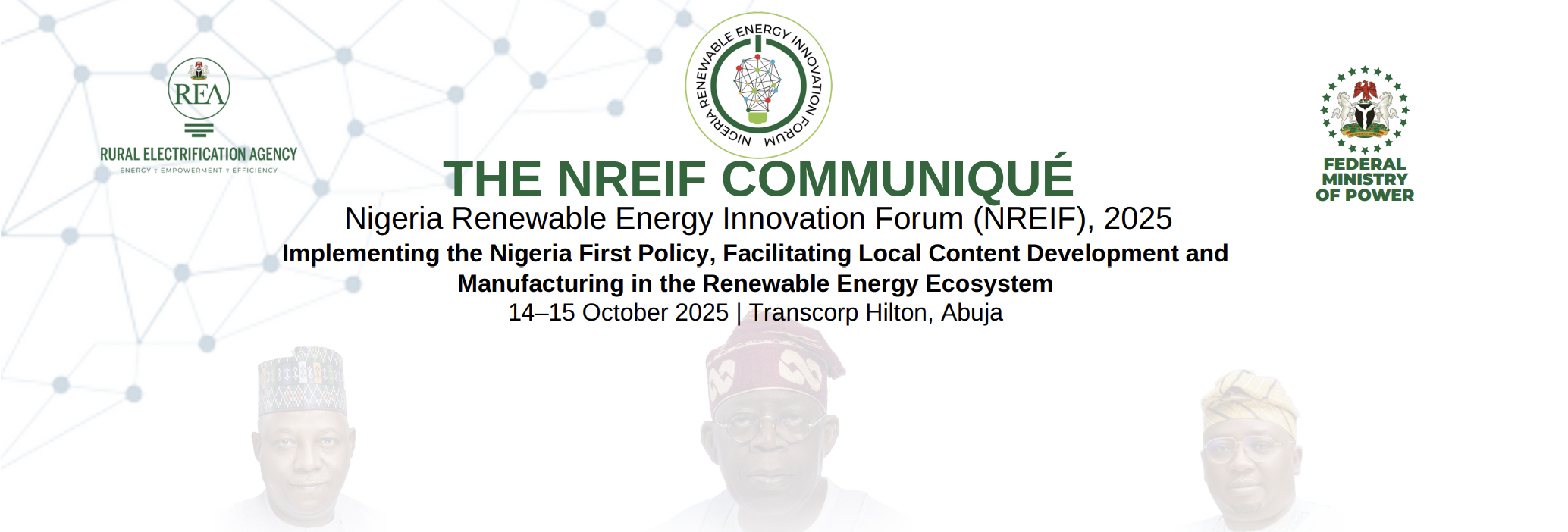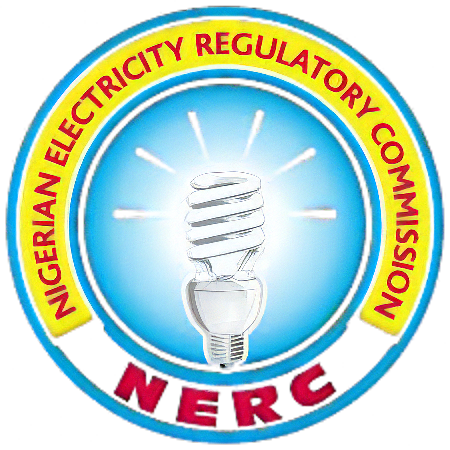RURAL ELECTRIFICATION AGENCY
The Rural Electrification Agency (REA) is the Implementing Agency of the Federal Government of Nigeria (FGN) tasked with the electrification of unserved and underserved communities to catalyze economic growth and improve quality of life for Nigerians.
Our Mission
The Nigerian Rural Electrification Agency's (REA) mission is to promote and facilitate the provision of reliable, affordable, and sustainable electric power to all rural and peri-urban communities in Nigeria, especially unserved and underserved ones. Its vision is to empower these communities with electricity, lifting them out of energy poverty and fostering economic prosperity.
⚡
To provide access to reliable electric power supply for rural dwellers, regardless of their location or activities.
💡
To facilitate the provision of affordable electricity for residential, commercial, industrial, and social activities in rural and peri-urban areas.
🤝
To promote and implement electrification initiatives, including off-grid solutions, to reach unserved and underserved communities across Nigeria.

News

INVITATION FOR PRE-QUALIFICATION FOR CLEANTECH ENTERPRISES UNDER THE REA INCUBATION HUB
December 2025
Learn More

October Newsletter
November 2025
Learn More

NREIF Communiqué
October 2025
Learn More
Implementing Partners

















